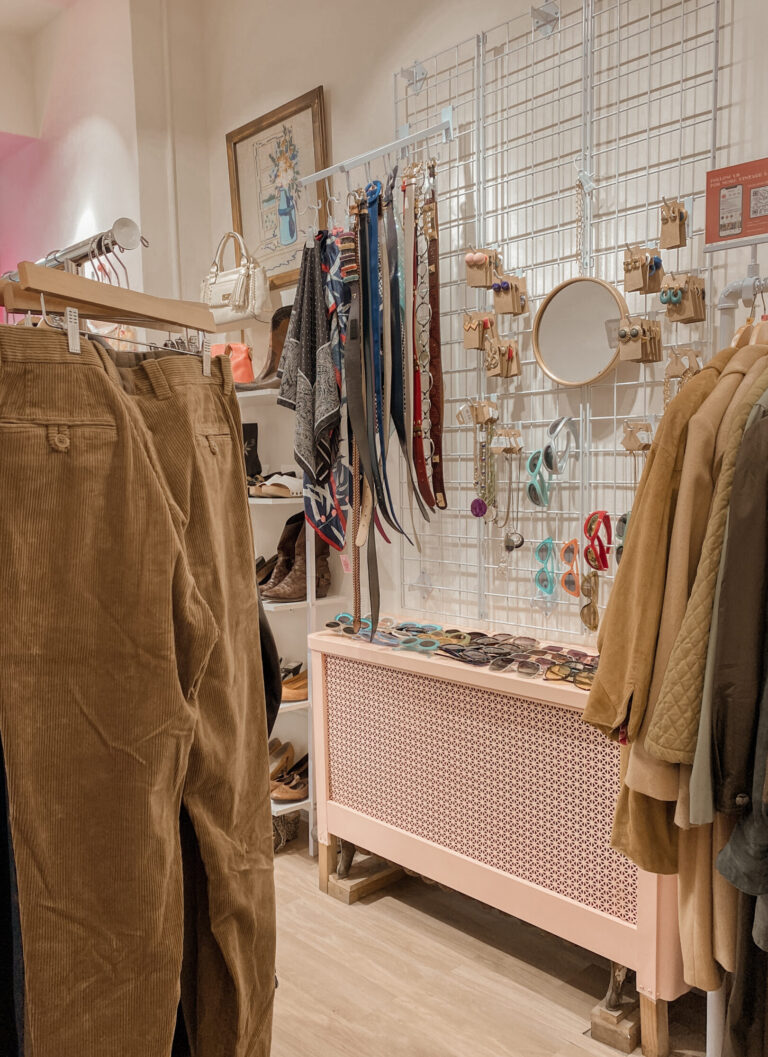Nowadays, sustainable living has become something beyond a pattern; it’s an obligation. One region where people, especially women, can significantly affect manageability is through their shopping habits. By pursuing cognizant decisions and embracing sustainable shopping rehearses, women can add to a greener, all the more harmless ecosystem future. This article investigates how women can integrate sustainable shopping habits into their lives.

1. Focus on higher expectations without compromise
One of the critical standards of sustainable shopping is to focus on higher expectations without compromising. Rather than purchasing various bad quality things that may rapidly wear out, putting resources into superior grade, solid items can set aside cash and diminish the natural effect over the long haul. Women can search out all-around made dresses, frills, and different merchandise that are intended to endure.
For example, picking a significantly developed set of shoes that can be worn for a long time is more sustainable than purchasing a few modest shoes that should be supplanted regularly. Strong, quality things diminish, squander, and limit the energy and assets expected for creation.
2. Embrace Second hand Shopping
Second hand or deal hunting is a sustainable design decision that has acquired prevalence lately. Second hand shops, transfer shops, and online handed-down commercial centers offer a vast swath of dresses, embellishments, and home products. By picking handed-down choices, women can broaden the lifecycle of items, diminish the interest in new assembling, and decline how much attire winds up in landfills.
Handed-down shopping is a chance to track down interesting, classic, and eco-accommodating pieces while setting aside cash. It’s a mutual benefit for both the climate and individual style.

3. Support Sustainable Brands
Many brands have embraced sustainable practices in their creation and obtaining. These brands focus on harmless to the ecosystem materials; moral work rehearses, and negligible waste in their assembling processes. Women can add to manageability by effectively supporting and buying from these brands.
While shopping for attire, for instance, search for brands that utilize natural cotton, Tencel, or reused textures. In the excellence business, search out items that use regular and mercilessness-free fixings. By picking sustainable brands, women can urge the company to embrace eco-cognizant practices and have a beneficial outcome in the world.
4. Lessen Quick Design Utilization
Quick style, portrayed by its fast creation and low costs, frequently comes at a significant natural expense. The style business is infamous for its fossil fuel byproducts, water use, and waste age. Women can decrease their commitment to these adverse consequences by opposing the allurement of quick design.
Rather than continually refreshing their closets with the most recent patterns, women can take on a more moderate way of dealing with dress. Embracing a container closet, which comprises flexible and immortal pieces, can assist with lessening overconsumption and limit the ecological effect of the style business.
5. Practice careful shopping

Careful shopping is tied in with pursuing very educated decisions and staying away from imprudent buys. Women can embrace this training by posing themselves with significant inquiries prior to making a buy:
♥ Do I truly require this thing?
♥ Is this an excellent and robust item?
♥ Can I see it as sustainable or handed down another option?
♥ What is the ecological effect of this item’s creation and removal?
By being careful customers, women can diminish inefficient spending and add to a more sustainable future.
6. Reuse and Upcycle
Imagination and manageability remain closely connected. Rather than disposing of old or harmed things, women can track down better approaches to reuse and upcycle them. Clothing, for instance, can be changed into altogether new pieces or patched to expand their life. Old furniture can be renovated, and family things can be imaginatively reused.
Reusing limits squanders and permits people to communicate their inventiveness and extraordinary style. Women can investigate Do-It-Yourself ventures and specialty thoughts to give a second life to things that could somehow be disposed of.
7. Diminish plastic use
Sustainable shopping habits stretch out past style and incorporate regular items, too. Women can have an effect by lessening their utilization of single-use plastics. Conveying reusable shopping packs, water jugs, and compartments is an essential, however powerful, method for limiting plastic waste.
While shopping for food or individual consideration things, pick items with negligible or recyclable bundling. This slight change in shopping habits can significantly diminish plastic contamination and ecological mischief.
8. Participate in Moral Commercialization
Women can use their buying ability to help organizations that align with their qualities. Research and pick items from organizations that exhibit a pledge to social and natural obligation. Moral commercialization includes pursuing buying choices that advance fair work rehearses, sustainable obtaining, and, by and large, moral business direction.
By compensating moral organizations with their business, women can urge more organizations to embrace supportability as a centerpiece of their tasks.
9. Teach and promoter
Finally, women can broadly affect supportability by instructing themselves about natural issues and upholding positive change. This incorporates remaining educated about the biological effects of various enterprises and supporting drives that advance maintainability.
By sharing information, participating in sustainable developments, and upholding changes in government strategies, women can be strong supporters of a greener future. They can also use sustainable brands like noflik to contribute to making the environment cleaner and greener.
In conclusion, embracing sustainable shopping habits isn’t a pattern; a conscious decision can prompt a more sustainable and eco-accommodating world. Women assume a crucial part in this development by focusing on better standards without ever compromising, supporting sustainable brands, decreasing quick design utilization, rehearsing careful shopping, reusing things, lessening plastic use, participating in moral commercialization, and teaching themselves as well as other people. By settling on these decisions, women can influence the climate, advance ethical practices, and create a more sustainable future for all.



Leave a Reply